Tuned Mass Damper (TMD) is mainly due to the spring, damper and mass, general support or hanging, hanging on the structure, main structure form of TMD are divided into vertical vibration and horizontal vibration resistance, our TMD products, damper part according to the customer's need, the viscous dampers or permanent magnet eddy current damper.
TMD Intro Working Principle Applicable Fields Connection Type
Eddy current TMD and traditional TMD damping form the main difference is that different. Eddy current TMD has the following advantages:
(1) damper does not need to direct contact with the structure, no friction damping;
(2) damper without any maintenance;
(3) there is no fluid in the damper, there will not be any leakage;
(4) it has a good linear relationship between damping force and speed;
(5) it is not affected by environmental factors such as temperature damping parameter;
(6) no additional damper stiffness, will not affect the frequency of the TMD parameters, achieve the complete separation of TMD stiffness and damping;
(7) TMD all parts are produced by metal material, good durability, can with engineering structure life.
(1) damper does not need to direct contact with the structure, no friction damping;
(2) damper without any maintenance;
(3) there is no fluid in the damper, there will not be any leakage;
(4) it has a good linear relationship between damping force and speed;
(5) it is not affected by environmental factors such as temperature damping parameter;
(6) no additional damper stiffness, will not affect the frequency of the TMD parameters, achieve the complete separation of TMD stiffness and damping;
(7) TMD all parts are produced by metal material, good durability, can with engineering structure life.
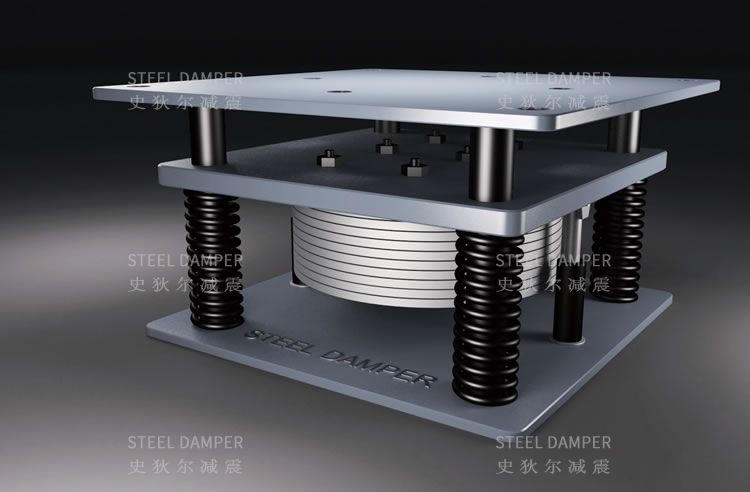
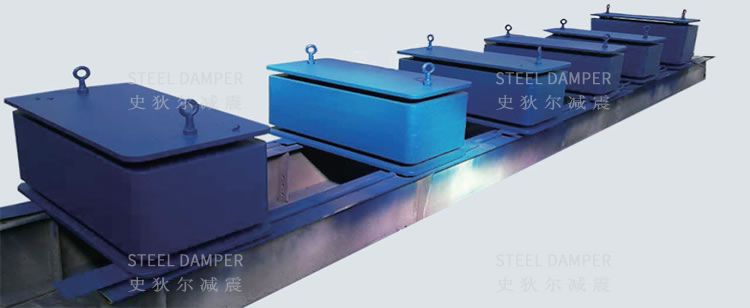
Tuned Mass Damper (TMD), containes the product name, classification code, weight of the mass (kg), frequency (Hz).
Classification code:
(1) traditional CT represents the viscous dampers FM mass damper;
(2) EC on behalf of the new FM using eddy current damper mass damper.
Example 1: TMD - CTx1000x2. 0, represent the quality of the tradition of viscous dampers FM damper, mass is 1000 kg, the weight of the vibration frequency is 2.0 Hz.
Example 2: TMD - ECx500x1. 7, on behalf of the new type of eddy current Tuned Mass Damper, mass is 500 kg, the weight of the vibration frequency is 1.7 Hz.
Classification code:
(1) traditional CT represents the viscous dampers FM mass damper;
(2) EC on behalf of the new FM using eddy current damper mass damper.
Example 1: TMD - CTx1000x2. 0, represent the quality of the tradition of viscous dampers FM damper, mass is 1000 kg, the weight of the vibration frequency is 2.0 Hz.
Example 2: TMD - ECx500x1. 7, on behalf of the new type of eddy current Tuned Mass Damper, mass is 500 kg, the weight of the vibration frequency is 1.7 Hz.
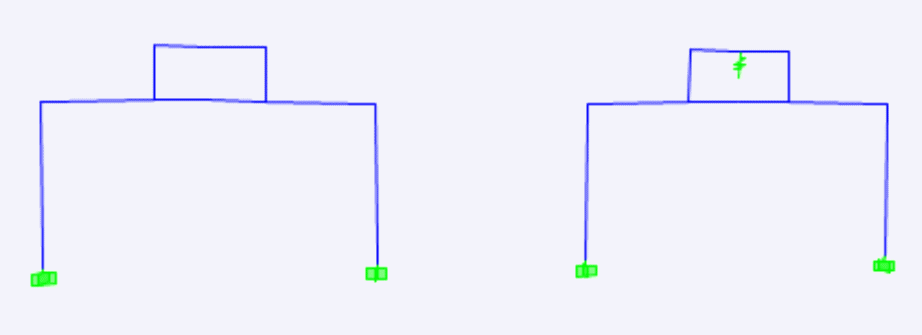
There is no TMD structure on the left side of the picture, and there is a TMD structure on the right side (the green vibrating object is the TMD).
When the main structure vibrates under the action of external excitation, it drives the TMD to vibrate together, and the inertial force generated by the motion of the TMD system reacts to the main structure. The inertial force is tuned to be opposite to the direction of the excitation force and offset with the excitation force to make the main The various response values (vibration displacement, velocity and acceleration) of the structure are greatly reduced to achieve the purpose of controlling the vibration of the main structure.
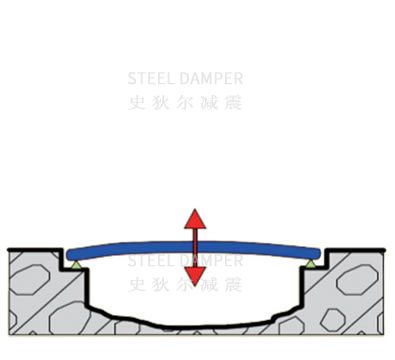 Large span and bridge structure
Large span and bridge structure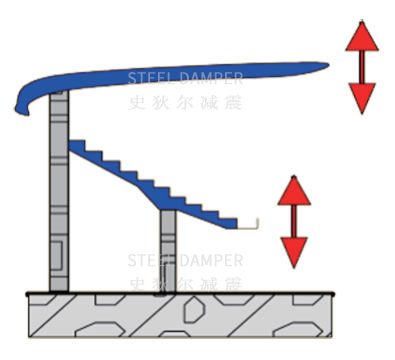 Large cantilever structure
Large cantilever structureBridges, large spans and large cantilever structures:
TMD is an effective means to improve structural comfort.
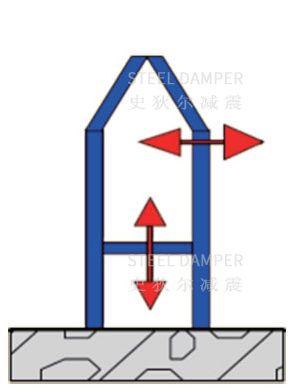 High-rise building structure
High-rise building structure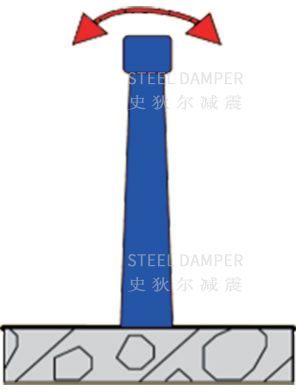 Towering structure
Towering structureHigh-rise buildings and towering structures:
TMD is a very effective means of resisting wind.